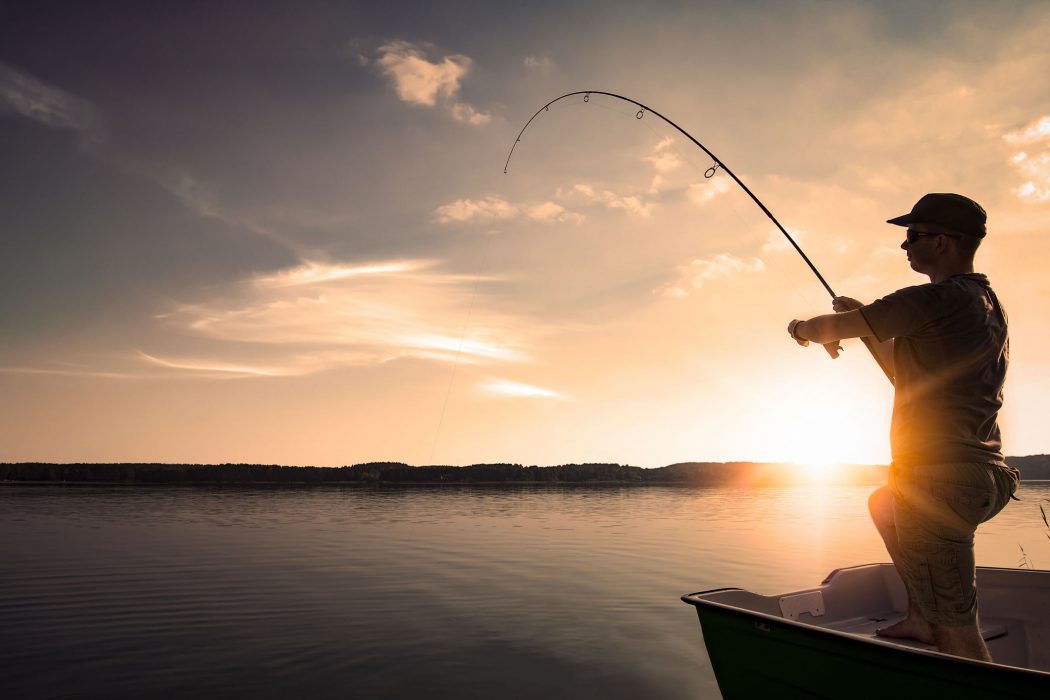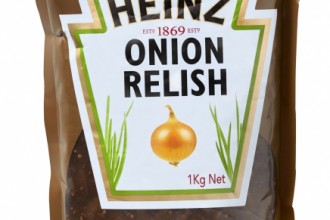Buying perfectly portioned fish fillets from a restaurant seems like commonplace. But is it sustainable? To prepare ‘perfect’ portions, restaurants need ‘perfect’ sized fish. What this can mean, though, is that fish are caught before maturation and before they have had a chance to breed. Although it is a case by case basis, there are fish that are being caught young to cater to chefs demands. This could inevitably lead to the overfishing of younger fish. If fish are caught faster than they reproduce, species numbers begin to decline.
One particular species of fish whose young are prone to being caught early is the Malabar snapper. Peter Mous, conservation biologist and director of the Nature Conservancy’s Indonesia Fisheries Conservation Program, said that the Malabar snapper becomes sexually mature at four pounds and can grow as large as twenty-nine pounds. However, the global restaurant and retail markets prefer to buy it between one and two pounds. Mous says that while there is variation from species to species, virtually all fish are preferred as ‘baby fish’. According to Mous, many snapper species have already been depleted to an estimated ten percent of their unfished biomass. Mous’ organisation is doing their part to try and encourage seafood suppliers and restaurants to commit to purchasing fish that is of adequate size. The hope is that if the demand is for larger fish, the smaller fish wouldn't be caught as much. This would leave them more time for them to grow and reproduce.
Unfortunately, the problem lies in cost-effectiveness, efficiency and preference. Christian Monchâtre, a Paris-born chef, said, chefs generally prefer fish where the fillet size is ready to serve. It’s cost-effective—you don’t have extra scraps where you have to develop other recipes to use them. If you wind up with larger-than-optimal fillets, you’re losing money every serving.” However, contrary to this, there is still a demand for large fish. Where restaurants serving smaller amounts of people place more emphasis on presentation and speed, larger setups, like hotels and cruise ships have more flexibility. In these scenarios, chefs are more inclined to go for larger fish, where portion sizes don’t have to look identical—they have to show the same number on the scales. The discussion can go either way, and different chefs will say different things. On top of that, some of the most highly regarded fish, like salmon, halibut and tuna are too big to be eaten as single-fillet servings, and they are still popular.
The question lies in sustainability. Fisheries need to think about long-term consequences. Although demand for smaller fish may be manageable at this stage, the longevity of the species is more important. Rather have larger quantities, than no quantities at all. Thomas Kraft, the founder of Norpac Fisheries Export, said breaking away from industry norms could be critical for sustainability. He noted that chefs, acting as role models, and even celebrities, will be pivotal in changing the market and, eventually, motivating fishermen to try and catch in a more sustainable way.






